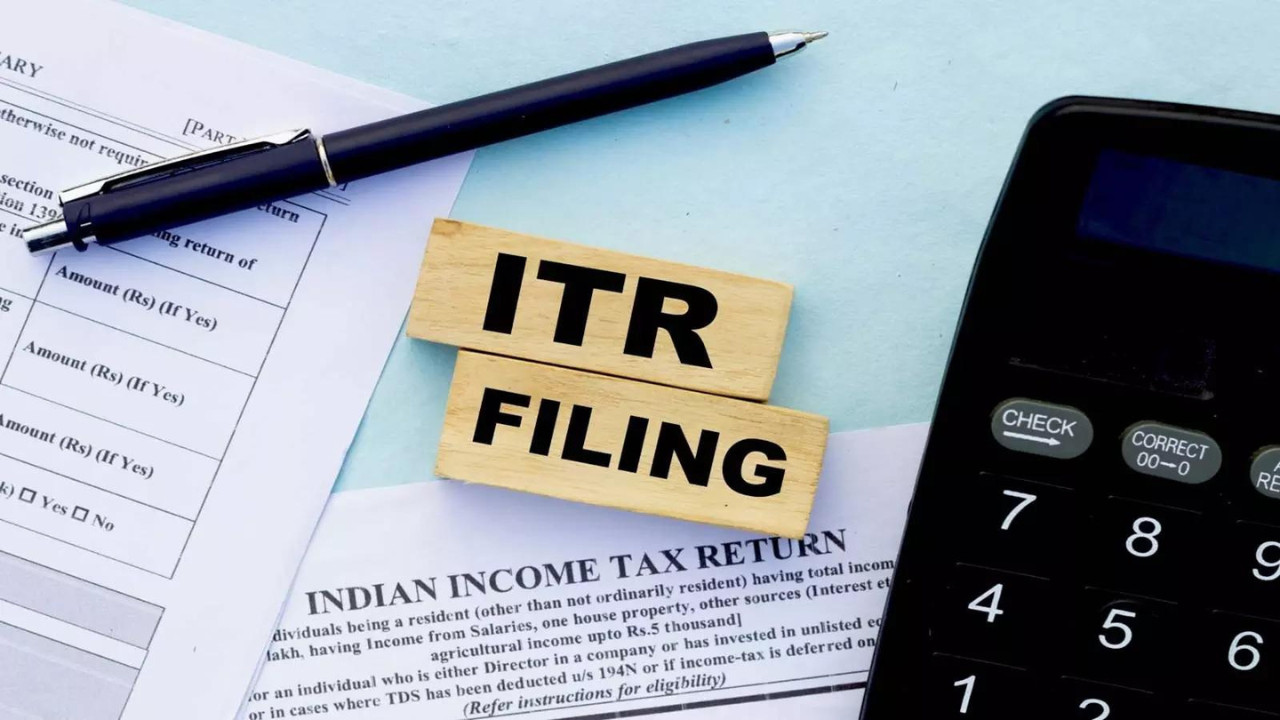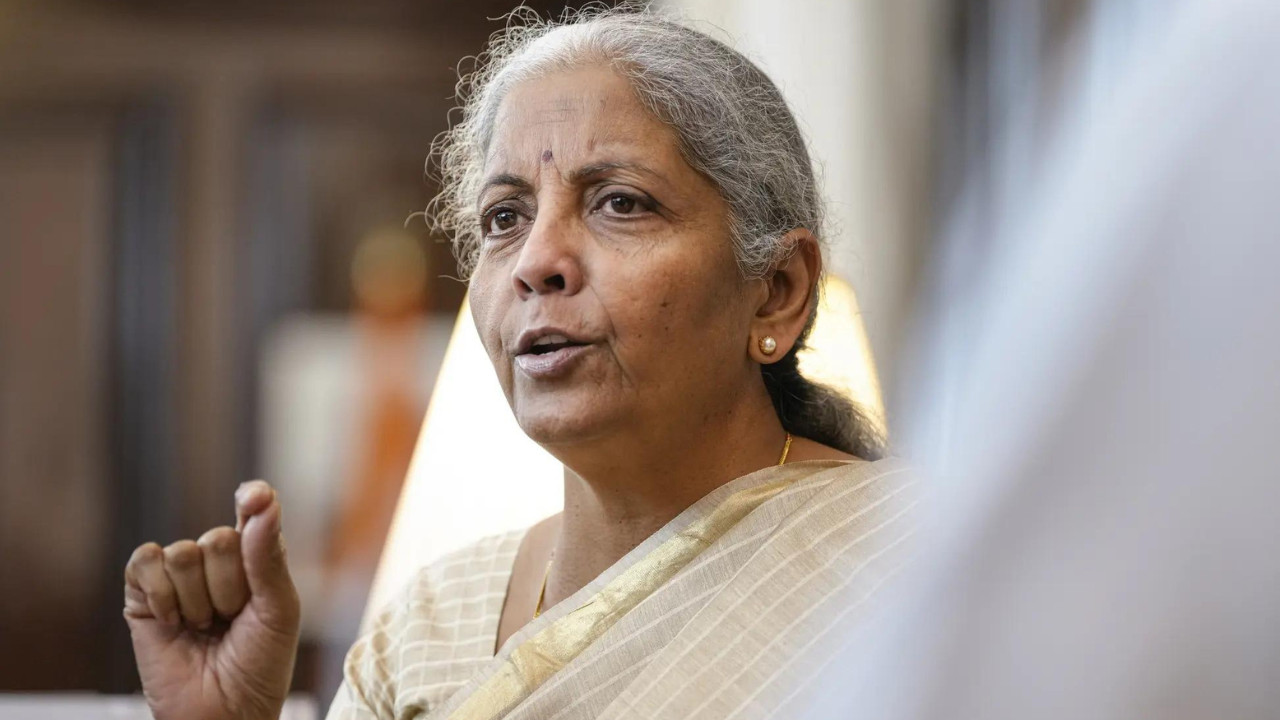The Nuclear Club: A Look Beyond the Bang (and Who’s Holding the Matches)
Okay, let’s talk about something a little… charged. Nuclear power. Not the clean energy kind (though that’s a whole different conversation!), but the “end of the world as we know it” kind. I know, heavy stuff. But it’s important to understand the landscape, to know who’s playing the game, and, dare I say, to hope they’re playing it responsibly.
We’ve all seen the movies, the mushroom clouds, the grim pronouncements. But what’s the actual state of nuclear arsenals globally? Who really has the firepower, and how do they stack up? Forget the Hollywood drama for a minute and let’s dive into the real, slightly less explosive (hopefully!) reality.
First, a little housekeeping. Just because a country has nuclear power plants doesn’t mean they have nuclear weapons. We’re focusing on the nations that have demonstrably developed and possess these devastating arms. Think of it like having a kitchen versus having a fully equipped bomb shelter – related, but vastly different.
So, who are the key players? The usual suspects, of course.
Leading the pack, predictably, are the United States and Russia. These Cold War behemoths still hold the lion’s share of the world’s nuclear warheads. While both have significantly reduced their arsenals since the peak of the Cold War, the sheer numbers are still staggering. You’re talking thousands of warheads, capable of unimaginable destruction. It’s a sobering thought, isn’t it? It almost feels like they’re locked in a silent, high-stakes staring contest, each daring the other to blink first.
Then comes China. China’s been steadily increasing its nuclear capabilities in recent years, modernizing its arsenal and expanding its reach. There’s a lot of strategic ambiguity surrounding their build-up, fueling speculation and concern among other nuclear powers. Are they aiming for parity with the US and Russia? Or are they simply seeking a more credible deterrent? It’s a question that keeps defense analysts up at night, I imagine.
Next up, we have France and the United Kingdom. These European powers maintain smaller, but still significant, nuclear arsenals. Their rationale? Primarily deterrence. They see it as essential for their national security and a way to project influence on the global stage. It makes you wonder if they are holding on to nuclear weapons because they have no other ways of defense.
Now we get to the countries that operate in a somewhat murkier space: Pakistan, India, and Israel. These nations are generally considered to be nuclear powers, though their positions and policies differ.
India and Pakistan, neighbors with a long and complicated history, both developed nuclear weapons relatively openly, conducting nuclear tests that declared their status. The ongoing tensions between them make the existence of these arsenals particularly worrying. It’s a volatile situation, and the presence of nuclear weapons only adds another layer of risk to an already complex dynamic. One miscalculation, one moment of escalation, could have catastrophic consequences.
Israel, on the other hand, maintains a policy of “nuclear ambiguity.” They neither confirm nor deny possessing nuclear weapons, but it’s widely assumed that they do. This strategy has allowed them to deter potential aggressors without formally crossing the nuclear threshold. It’s a delicate balancing act, and one that requires careful navigation in a region rife with conflict.
Finally, there’s North Korea. A rogue nation that has brazenly defied international norms by developing and testing nuclear weapons. Their erratic behavior and aggressive rhetoric have made them a major concern for the international community. The question isn’t if they have them, but what they intend to do with them, and how to prevent them from further developing their capabilities.
So, what does all this mean? What’s the takeaway from this potentially depressing overview of global nuclear arsenals?
Well, first and foremost, it highlights the enduring reality of nuclear weapons. They are still here, they are still a threat, and they still demand our attention. The dream of a world without nuclear weapons remains just that: a dream. But it’s a dream worth pursuing, through arms control agreements, diplomatic efforts, and a constant commitment to reducing the risk of nuclear war.
Secondly, it emphasizes the importance of understanding the motivations and strategies of each nuclear power. Why do they have these weapons? How do they perceive the threats to their security? What are the potential triggers for nuclear use? Answering these questions is crucial for developing effective strategies for managing the nuclear risk.
Finally, it underscores the need for continued vigilance and engagement. We can’t afford to become complacent about nuclear weapons. We need to continue to monitor developments, to support efforts to reduce the risk of nuclear war, and to hold our leaders accountable for their decisions on nuclear policy.
Because, let’s be honest, the stakes are simply too high to ignore. The future of our planet, quite literally, depends on it. While the world may not be able to turn away from nuclear power yet, it’s important to note that, perhaps, there is still time to work towards a safer, more secure future, even amidst the shadow of these destructive weapons.







